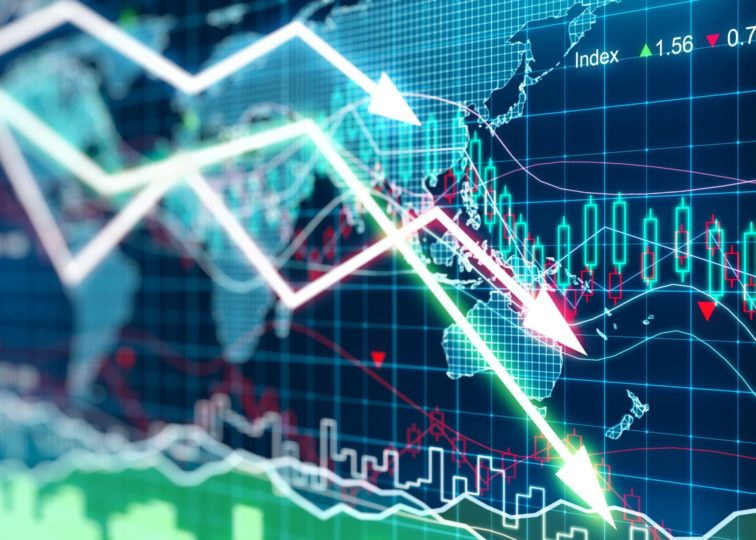
Blog
China’s Economic Stumbles May Curb Global Inflation
July 5, 2022
Economic growth in China has moderated this year as the nation continues to close business and lock down regions to fight the spread of Covid. Beijing is set to enact a slew of economic stimulus policies, but many economists say the nation is unlikely to meet its 5.5% GDP growth target as long as the threat of continued lockdowns hangs over the economy.
While a year of weak growth in China would exacerbate the global economy’s slowdown, it could have the benefit of reducing inflationary pressure throughout much of the world.
Labor shortages, supply-chain disruptions, and a pandemic-related surge in demand for consumer goods have fueled intense inflation around the world, which has been exacerbated by the war in Ukraine. Facing higher prices and higher interest rates, consumer demand for goods has waned, and U.S. retailers are concerned that they have excess inventory that consumers no longer want.
Economists argue that sagging demand may spur Chinese manufacturers to cut prices, especially because they are similarly overstocked. Inventories of finished goods at Chinese companies were 20% higher in April than a year prior, the fastest annual increase in more than a decade. Producer price inflation for Chinese companies has declined for seven consecutive months, and the cost of shipping a container from China to the west coast of the U.S. is about 13% lower now than it was a year ago. All of this is likely to reduce inflationary pressure throughout the global economy.
On the other hand, China’s zero-tolerance approach to Covid could lead to more lockdowns which would create new bottlenecks in the supply chain and drive inflation higher. China’s stimulus efforts are also likely to include infrastructure projects, which could increase global commodity prices for industrial materials, and if China’s recovery exceeds expectations, it could bolster demand for oil and coal.
Many economists doubt that China will see a robust rebound in the wake of slowing foreign demand and weak domestic consumption, and an infrastructure splurge is unlikely to offset weakness in the nation’s massive real-estate market, where developers continue to struggle amid massive debt and low consumer sentiment.
